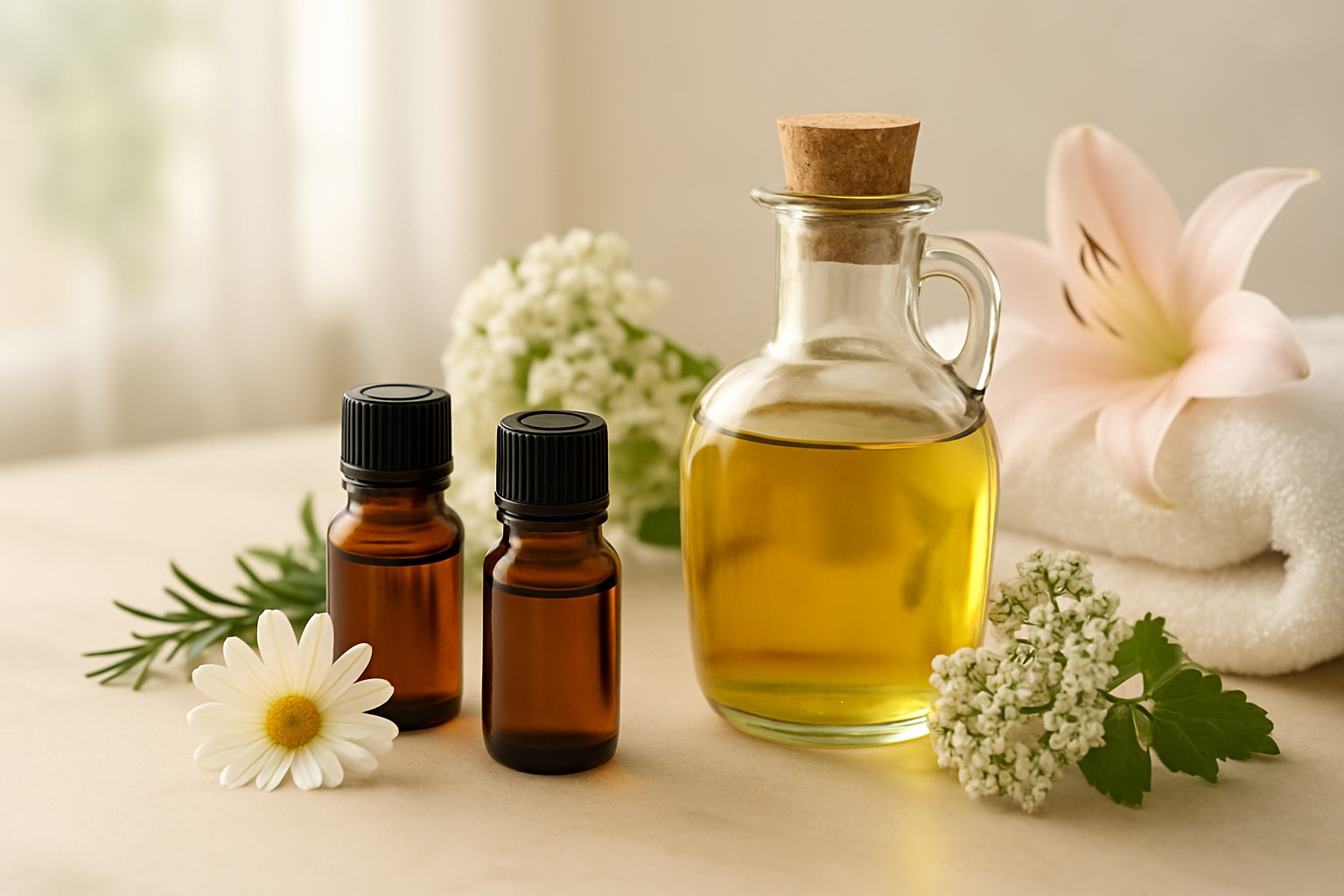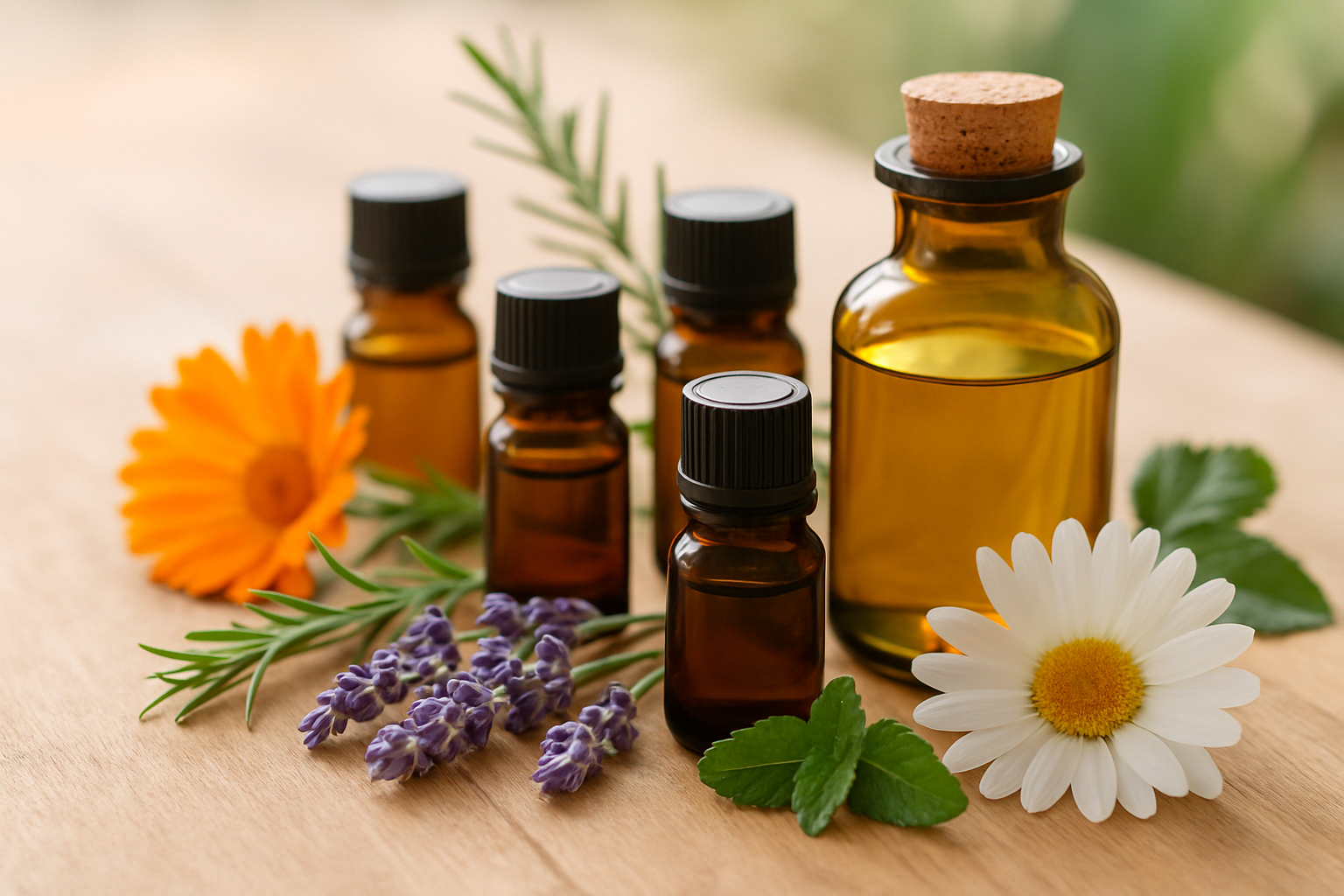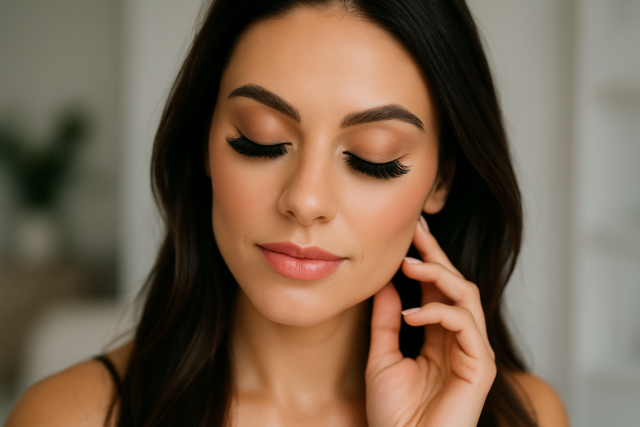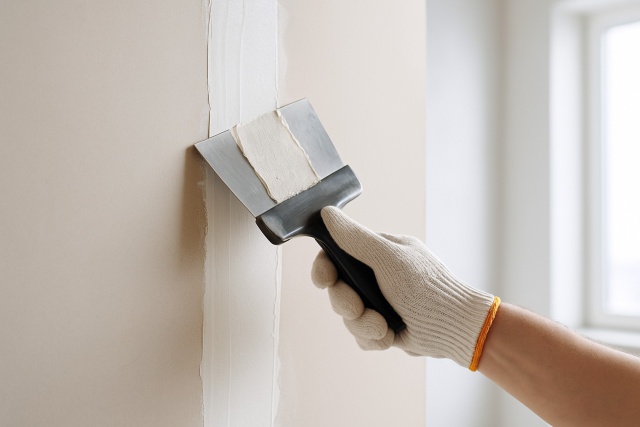Best Essential Oils for Your Homemade Massage Oil Blend

This article is your friendly guide to crafting custom massage oils with natural goodies that calm, relieve pain, or refresh you.
- Discover the best carrier oils that suit your skin type from the light jojoba to rich avocado oil.
- Learn how to mix essential oils like lavender and peppermint the right way to help you unwind or soothe aches.
- Get the lowdown on the safe dilution spot (2-3%) to keep your skin happy and irritation-free when making massage oils at home.
- Find practical tips for tailoring blends to sensitive skin, boosting energy naturally, or extending your blend's shelf life.
Whipping up your own homemade massage oil blend at home gives you the freedom to tailor every single ingredient to fit your tastes and needs perfectly—from the scent that tickles your nose to the therapeutic perks you’re after. It’s like crafting your own little spa day right in your kitchen, plus you dodge all those nasty additives that sneak into many store-bought options.
What Exactly Is Homemade Massage Oil and Why On Earth Would You Bother Making It Yourself?
Homemade massage oil is a blend of carrier oils and essential oils made at home and tailor-made for massage. Making your own means you control exactly what goes into the bottle so you can fine-tune it to match your skin type, favorite scents and the therapeutic perks you want.
Carrier Oils The Unsung Heroes Behind Your Perfect Homemade Massage Oil
Carrier oils make up the heart and soul of any homemade massage oil blend. They act as a gentle base that tames essential oils for safe and comfortable use on your skin. Each carrier oil brings its own texture, soak-in speed, and skin benefits, so picking the right one usually depends on your skin type and the vibe you want during the massage.
- Sweet almond oil is wonderfully lightweight and brimming with vitamins. It glides on smoothly and doesn’t leave that greasy residue most of us try to avoid.
- Jojoba oil is like the chameleon of oils closely mimicking our skin’s natural oils. It’s a great pick for oily or acne-prone skin and works like a charm during those long, relaxing massages.
- Grapeseed oil absorbs in a flash and comes with a slightly astringent vibe, perfect for anyone who prefers their skin feeling light and far from oily.
- Coconut oil dives deep into moisturizing and brings along a subtle tropical scent that’s hard not to love. It’s fantastic for dry skin, although it does have a tendency to solidify if it’s cooler than your average room temperature.
- Avocado oil is on the thicker side and packed with antioxidants and vitamins. It’s especially lovely for very dry or mature skin that’s craving a bit of extra TLC.
Best Essential Oils for Massage and Their Important Qualities (Because Not All Oils Are Created Equal)
Choosing essential oils for a massage is about striking the perfect balance between a pleasing scent and real therapeutic benefits. You also need to consider skin safety and how well they blend with your carrier oil. I’ve found it safest to go for pure high-quality oils that promote relaxation or soothe aches. Be mindful of any skin sensitivities.
Key Essential Oils That Really Help You Unwind and Keep Stress at Bay
- Lavender has a wonderfully calming floral scent that eases anxiety and gently nudges you toward a good night’s sleep.
- Chamomile is beloved for its gentle soothing touch on irritated skin and it’s great at coaxing you into relaxation when the day’s been a bit much.
- Ylang-ylang boasts a sweet exotic fragrance known to help dial down stress and bring mood balance—almost like a mini-vacation in a bottle.
- Bergamot delivers a bright fresh citrus aroma that can really lift your spirits while softening nervous tension we all get from time to time.
- Sandalwood wraps you up in a warm woody scent that quietly encourages mental clarity and ushers in deep calming relaxation.
Tried and True Remedies with the Most Effective Essential Oils for Muscle Pain and Inflammation
- Peppermint brings a refreshing cooling effect that often works wonders in soothing those stubborn muscle aches and stiffness.
- Eucalyptus carries anti-inflammatory powers and with its invigorating scent is known to gently melt away muscle tension.
- Rosemary boosts circulation and helps dial down pain thanks to its naturally stimulating vibe.
- Ginger adds a cozy warmth to muscles and calms inflammation with its spicy, comforting aroma that feels like a little hug for your body.
- Black pepper acts as a natural pain reliever, easing soreness and giving blood flow a helpful nudge when rubbed onto the skin.
Essential Oils That Might Just Give Your Circulation a Nudge and Pump Up Your Energy
- Cypress oil is known to encourage better blood flow and can help ease swelling, making it a go-to for those refreshing massages that just hit the spot.
- Grapefruit has a wonderful knack for brightening the mood and giving your energy a little kick, all while lending a hand to support microcirculation.
- Lemongrass brings a fresh, clean scent to the table that not only sharpens your focus but also works wonders in relaxing muscle tension—pretty handy after a long day.
- Cinnamon bark’s warm, spicy aroma is like a cozy hug for your circulation and helps breathe new life into tired muscles during a massage.

A variety of essential oils and carrier oils used to create homemade massage oil blends.
How to Blend Essential Oils into Carrier Oils Safely for Homemade Massage Oil
Getting the mix just right when blending essential oils into carrier oils for your homemade massage oil can feel a bit like an art form and, honestly, a little science experiment too. But don’t worry, with some simple steps, you’ll be crafting your own relaxing oils safely and confidently in no time.
Diluting essential oils properly in carrier oils is important if you want them to be safe and actually do their job. A 2-3% dilution hits the sweet spot for massage oils—striking a nice balance between therapeutic perks and keeping skin irritation at bay. Stashing your oils in dark glass bottles is a simple trick to lock in their potency.
- Start by picking a good-quality carrier oil that suits your skin type and what you’re hoping to get out of your massage. Think of it as the perfect base to build on.
- Choose essential oils based on the aromatherapy effects and therapeutic benefits you’re aiming for because a little intentional scent goes a long way.
- Figure out the total amount of your massage oil blend upfront so you can dilute it just right. It is better to be safe than sorry.
- Mix the essential oils into the carrier oil at about a 2-3% dilution rate. That’s roughly 12 to 18 drops per ounce, just enough to be effective without going overboard.
- Store your blend in a dark glass bottle to keep sunlight from ruining it, and don’t forget to label it clearly so you’re never left guessing.
- Always test a small patch of skin first to check for any allergic reactions before applying it more broadly. It’s better to be cautious than itchy later on.
Tips to Customize Your Homemade Massage Oil Blend That Actually Work
You can easily tweak your homemade massage oil to better suit various skin types or massage goals and even seasonal shifts. By adjusting the oil ratios and picking complementary essential oils or adding skin-loving extras like vitamins or natural preservatives, you end up crafting a versatile blend.
- If your skin is sensitive, increase the carrier oil to reduce the essential oil intensity and choose gentle favorites like chamomile that won’t cause irritation.
- Blending calming oils such as lavender and sandalwood with a smooth carrier oil works wonders for serious chill time.
- Mix zesty oils like peppermint and grapefruit with a light carrier oil to keep things balanced and refreshing.
- Adding vitamin E oil or natural antioxidants helps your concoction last longer and gives your skin extra nourishment.
Important Safety Tips for Using Essential Oils in Massage Oils
When it comes to essential oils in massage oils, a little caution goes a long way. Sure, these fragrant drops can work wonders, but they are not something to dabble with carelessly. I have seen people get carried away with the scents and forget that less really is more. Making sure you dilute essential oils properly is key to avoiding any unwanted skin reactions or surprises during your relaxation time. Also, it is a good idea to keep an eye out for any personal sensitivities. Remember, the goal is a soothing experience, not a trip to the doctor’s office. So take a moment, do a patch test, and enjoy the benefits safely and smartly.
Essential oils pack a serious punch and need to be handled with care, especially when creating homemade massage oil blends. It’s always smart to do a quick allergy or patch test before trying a new blend. Some oils are a no-go during pregnancy or infancy and if you have certain health conditions, so keep that in mind. Some oils can make your skin sensitive to sunlight, which people often overlook. Storing them properly—away from heat and light—is key to keeping them effective and safe.
"Essential oils pack quite the therapeutic punch, but with great power comes the need for a bit of caution. It’s always a smart move to test any new blend on a small patch of skin first—after all, everyone’s skin tells its own story, and you want to skip the surprises that nobody asked for." – Certified Aromatherapist




